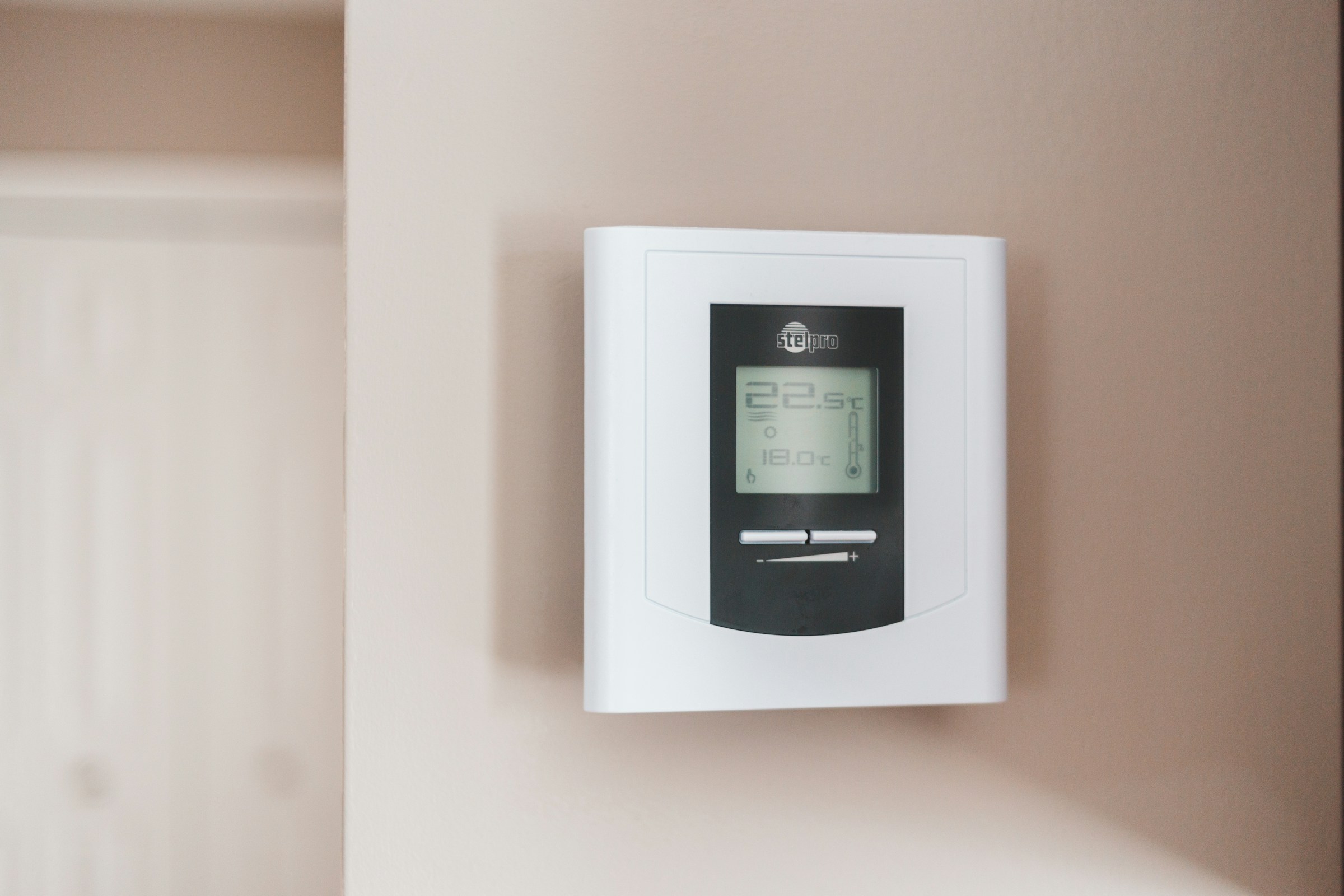How Can You Utilize Underfloor Heating for Energy-Efficient Home Warming?

As winter sets in and the temperature dips, the search for a reliable, cost-effective, and energy-efficient heating system becomes a priority for most households. Staying warm and comfortable should not mean breaking the bank or affecting the planet adversely. Fortunately, there is a solution that can provide efficient and consistent heat without causing skyrocketing energy bills or environmental harm. This solution is underfloor heating.
Today, we will look at how underfloor heating works, its benefits, and how it can be a game-changer in your quest for a cozy, energy-efficient home.
A lire aussi : How to Design a Home with Adaptive Reuse of Old Furniture?
Understanding Underfloor Heating
Underfloor heating is not a new concept. It has been around since ancient Roman times. But, what exactly is it?
Underfloor heating is a heating system that radiates heat from beneath the floor surface. It can be either a wet system, which uses water circulated through pipes under the floor, or a dry system, using electric coils. Regardless of the system used, underfloor heating provides a consistent temperature across the room by distributing heat evenly.
Avez-vous vu cela : What Are the Key Considerations for Designing a Home with Wheelchair Accessibility?
The underlying principle is simple but effective. Heat naturally rises. Therefore, starting the heat source from the ground ensures that the entire room gets warmed from floor to ceiling.
The Efficiency of Underfloor Heating Systems
When it comes to energy efficiency, underfloor heating systems stand out. But why are they so efficient?
One of the primary reasons is that underfloor heating operates at a lower temperature than traditional systems while still providing a comfortable room temperature. This is due to the large surface area it covers, allowing it to heat the room evenly.
Also, unlike conventional radiators, which heat the air directly, underfloor systems heat the room objects, resulting in less heat loss and greater efficiency. There’s also less reliance on air currents, which often cause draughts and uneven temperatures with other heating systems.
Underfloor Heating Systems: Electric vs. Water
Underfloor heating systems can be electric or water-based. Each has its advantages and unique features.
Electric underfloor systems, also known as dry systems, use a network of thin heating wires installed beneath or within your flooring. This system is typically easier and less costly to install than a water-based system, making it a popular choice for retrofit projects and smaller spaces.
On the other hand, water-based systems, also referred to as wet systems, circulate warm water through a series of pipes installed beneath the floor. These systems can be connected to your central heating system and are typically installed during a new build or as part of a significant renovation. Though the initial installation cost may be higher, they tend to be more energy-efficient than electric systems, leading to lower running costs.
The Cost Implication of Underfloor Heating
When considering any heating system, cost is a significant factor. So, how does underfloor heating fare?
While the initial outlay for an underfloor heating system, especially a wet system, can be higher than traditional heating systems, the long-term benefits can outweigh the costs. Underfloor heating systems are generally more energy-efficient, which translates to lower energy bills over time.
Moreover, maintenance costs are typically lower for underfloor heating systems. With no radiators to leak or air systems to clean, you will save on maintenance.
Installing Underfloor Heating in Your Home
Deciding to install underfloor heating in your home is a significant step towards energy-efficient and comfortable heating. Here are a few things to consider during the installation process:
Firstly, ensure your home is well insulated. This will maximize the effectiveness of your underfloor heating system.
Secondly, remember that the installation process can be disruptive, especially for wet systems. Therefore, it is often more suitable for new builds or major renovations.
Finally, consider seeking professional help. Installing underfloor heating may seem straightforward, but it requires knowledge and expertise to ensure it is done correctly.
Underfloor heating system could be the answer to your home heating needs. It may require an initial investment, but the long-term savings and comfort it provides are well worth the expense. As we continue to seek energy-efficient and sustainable solutions, underfloor heating will remain a significant player in the home heating game.
Additional Benefits and Considerations of Underfloor Heating
Apart from the energy efficiency and cost savings, underfloor heating systems offer numerous other benefits to homeowners. First and foremost, they provide a more comfortable and consistent heat. Because heat is distributed evenly across the room, there are no cold spots, thereby enhancing overall comfort.
Secondly, underfloor heating systems are invisible, as they are installed beneath the floor. This allows for more interior design freedom as there are no radiators or vents to work around.
Thirdly, underfloor heating systems can improve air quality in your home. Unlike traditional heating systems, which can circulate dust and allergens, underfloor heating systems do not rely on air currents to distribute heat. This can result in better air quality, which is particularly beneficial for people with allergies or respiratory conditions.
It’s important to bear in mind that not every type of flooring is suitable for underfloor heating. Tile and stone floors work well as they are good conductors of heat. However, some types of wood and vinyl flooring may not be suitable due to the risk of damage from the heat.
Renewable Energy and Underfloor Heating
In our quest to reduce our carbon footprint and adopt renewable energy sources, underfloor heating systems can play a crucial role. Underfloor heating systems can work well with heat pumps, which are a renewable energy source.
Heat pumps extract heat from the environment (air, ground, or water source) and amplify it to provide heat for your home. When combined with underfloor heating, heat pumps can provide an efficient and renewable heating solution.
It’s worth noting that the efficiency of heat pumps can vary depending on the outdoor temperature. However, even in colder climates, they can still work effectively with underfloor heating systems, offering a more sustainable and energy-efficient option compared to traditional heating methods.
Conclusion
Underfloor heating represents a solution that marries comfort and energy efficiency. Whether you opt for a wet or dry system, the benefits of underfloor heating extend beyond lower energy bills and reduced energy consumption. The improved air quality, consistent warmth, and design freedom add value to your home and enhance your living experience.
Moreover, the compatibility of underfloor heating with renewable energy sources like heat pumps presents an opportunity to further reduce our carbon footprint, aligning with global efforts towards sustainable living.
While the initial cost of installing underfloor heating may seem high, the benefits in the long run make it a worthwhile investment. To ensure optimal performance and longevity of your system, professional installation and regular maintenance are key.
In conclusion, underfloor heating is not just a luxury, but a smart choice for those seeking an efficient and sustainable heating solution for their homes. As we continue to strive for greener living, underfloor heating systems will undoubtedly play a significant role in home heating solutions.
